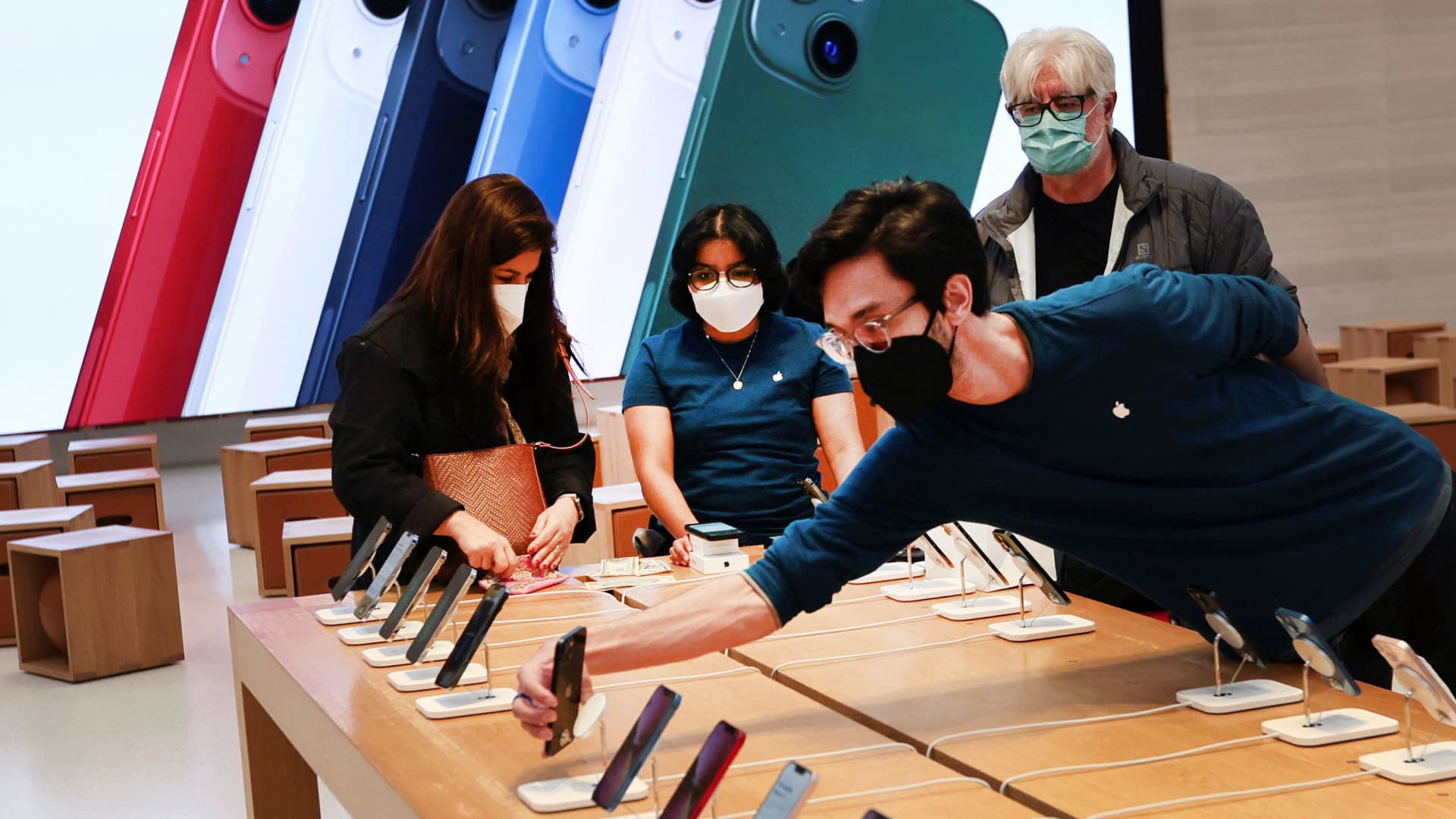How Twilio has made it easier for Nike and Uber to chat with you


In this weekly series, CNBC takes a look at companies that made the inaugural Disruptor 50 list, 10 years later.
The rapid shift towards digital customer engagement was already happening.
Then the pandemic hit.
With bricks-and-mortar locations closing or foot traffic lessoning, there were suddenly fewer ways to connect with consumers, causing companies to further accelerate that pivot to having digital engagement at the forefront of the business strategy.
That’s a landscape that the four-time CNBC Disruptor 50 company Twilio has been building towards.
Speaking to CNBC in 2014 when the company was named to the Disruptor 50 list for the second time, co-founder and CEO Jeff Lawson said Twilio was “migrating a 150-year-old hardware industry to its future in software,” likening what it was changing about how companies were communicating with their customers to what Amazon had done for technology infrastructure and Salesforce had done for CRM.
Founded in 2008, the San Francisco-based company spent its early years convincing developers to use its application programming interface to add call, voice, text, and picture messaging to their apps, among other things.
Providing that level of communication enhancement gained early support from customers like Airbnb, Home Depot, Uber, and Walmart. It also helped Twilio raise nearly $240 million from investors like Bessemer Venture Partners and Redpoint Ventures, resulting in a nearly $1 billion valuation by 2016.
The promise of digital customer engagement led to the company’s IPO in June 2016 after being on the Disruptor 50 list four times.
“It is literally day one of the conversion of communications from its legacy in hardware and physical networks to its future, which is based in software,” Lawson said on CNBC’s “Squawk Alley” on the day of the IPO. “Where software developers, if they can dream up an idea of how we can communicate better — with maybe a company that we do business with — that developer can go build off Twilio. And if it works, scale it up.”
The six years since have brought a massive transformation, perhaps none accelerated more by the pandemic. Speaking with CNBC’s Jim Cramer on “Mad Money ” in 2020, Lawson said the “trends that have already been going on in our society around digitizing those processes, streamlining them with this technology and turning so many interactions into digital ones, those trends all got accelerated by Covid.”
Overall, Lawson said, the pandemic accelerated digital communication strategies by about six years for businesses.
That led to a massive rally in Twilio’s stock, going from trading at $99.43 at the end of 2019 to over $400 by February 2021.
Lawson told CNBC in January 2021 how Nike, which uses its products, had pivoted some of its salespeople in stores to serve customers on its digital channels. “Now, when Covid came around, and those stores closed and Nike went to 100% e-commerce, that product knowledge and that way of serving customers became absolutely critical to helping customers online,” he said.
But as the world has reopened, there has been some skepticism if the digital economy can keep growing at that same pace, a trendline even further impacted by the rise of inflation and drop in consumer spending. Twilio, despite seeing its revenue continuing to grow, has seen its stock price decline by 74.8% in the last year.
Barclays analyst Ryan MacWilliams recently wrote in a note that Twilio could be at an inflection point, perhaps embarking on a “higher profitability, lower growth path.” The company had said it expected to turn an operating profit on a non-GAAP basis in 2023. Lawson, speaking on CNBC on June 6, said the company was “laser-focused” on becoming profitable.
But much like Twilio is now focusing on its profits, it sees an even stronger case for that digital customer communication transformation, a world it believes offers more personalization and trust, and ultimately a better customer. Twilio research suggests that there is a 70% average revenue increase due to digital customer engagement investments.
“In an environment like this where every company is focused on profits right now is a period of time where understanding the ROI of your investments, looking at the bottom line – that’s what every company, tech or otherwise, is focused on in an environment like this,” Lawson said on June 6. “Once you acquire that customer, reengage with them through messaging and better campaigns and better marketing that is all personalized with what that customer wants – this is the equation that runs the internet.”
Sign up for our weekly, original newsletter that goes beyond the annual Disruptor 50 list, offering a closer look at list-making companies and their innovative founders.
This post has been syndicated from a third-party source. View the original article here.




